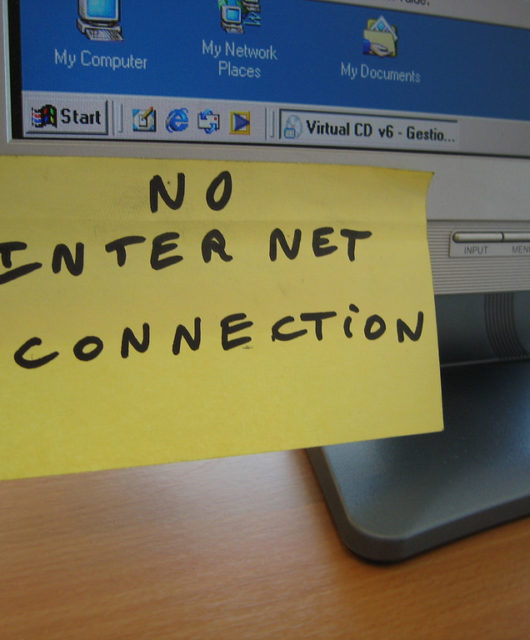Capitalizing on the Connected TV Market with the Right Mobile App Team
We are seeing the next generation of TV playing out. Applications for Smart TVs and media streaming devices are the next big opportunity for broadcasters and content providers in the media space, and capitalizing on it will be the key to remaining competitive. All signs point to native and cross-platform apps for Smart TV and Connected TV becoming the norm in the near future. Of course, unless you have a top-of-the-line in house mobile application department, you will likely need to outsource the work. When first sitting down with a mobile app developer, remember to keep the following in mind.
Over-the-Top Apps vs. Cable Subscription Apps
There are two main avenues that can be pursued by media companies looking to break into this space: over-the-top applications, as well as those apps that are integrated into the traditional cable subscription model.Over-the-top (OTT) applications take out the middleman, as it were, offering content directly to the consumer without a cable service provider or other type of distributor positioned in between. Netflix and HBO Go are two such popular OTT providers.

Developing for Connected TV and Media Streaming Devices
Forward thinking organizations have jumped in headfirst, and they are seeing amazing success. Netflix, which started as and remains an OTT provider, is obviously the poster child. But others – from traditional broadcasters to major networks to online content providers – are also capitalizing on these relatively new distribution methods.
Major League Baseball, for example, offers their MLB.TV app which lets users watch live or on-demand. Amazon Instant is another such example. And the list continues: HBO GO, Disney, ABC, NBC Sports, even non-traditional outlets like TED Talks. All types of providers in the media space are seeing the value in building apps for Connected TV and media streaming platforms. If you’re looking for a Canadian mobile app development company that won’t let you down, make sure they understand the major platforms, and the big players already established in the market.
The Platforms You Need to Build For
Just as app developers have to tackle multiple platforms for mobile, developing apps for connected TV will present the same challenge. Make sure that your app development partner understands the importance of cross-platform functionality. A company like Toronto’s Clearbridge Mobile, for example, has a versatile team that can accommodate any number of platforms to keep you agile.
Apple TV
Maybe Apple hasn’t worked out a deal with a manufacturer to make a TV that runs their platform, but that doesn’t mean they won’t make their own. Even if they don’t, Apple TV has sold more than 25 million units worldwide. That’s a massive potential market to tap into.
Roku
Roku offers streaming sticks, players, and now smart TVs. As of September 2014, more than 10 million streaming players had been sold in the US alone. Like Apple TV and Android TV, Roku has its own OS for applications, and content providers would be wise to capitalize on the growing user base.
Chromecast
More than 10 million Chromecast units were sold globally last year. And the figure represents the units actually sold to end users, not simply to retailers. It is a leader in the robust media streaming device industry, and we can safely assume it will rise in popularity.
Tizen (Samsung TVs)
Samsung accounts for about 25% of annual Smart TV sales, and already has the largest share of the 4K TV market. This kind of dominance has allowed them to develop Tizen, their own Smart TV platform, that will be run on all of their new smart TVs. This means less reliance on Google Android, but another platform app developers need to build for.
While platform fragmentation may complicate the question of which of the platforms to build for, one thing is clear: media companies can’t afford to ignore Connected TV and media streaming platforms any longer.










